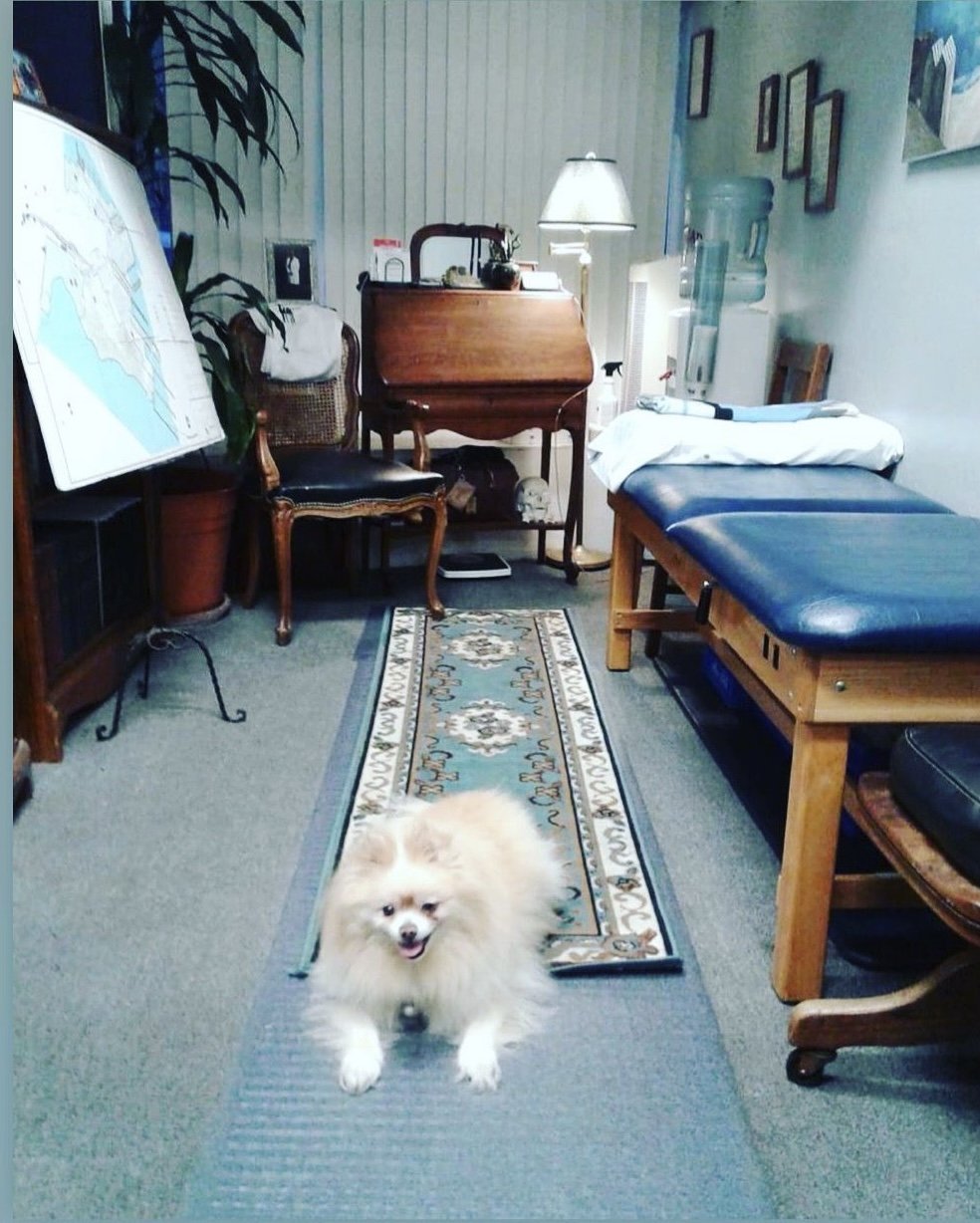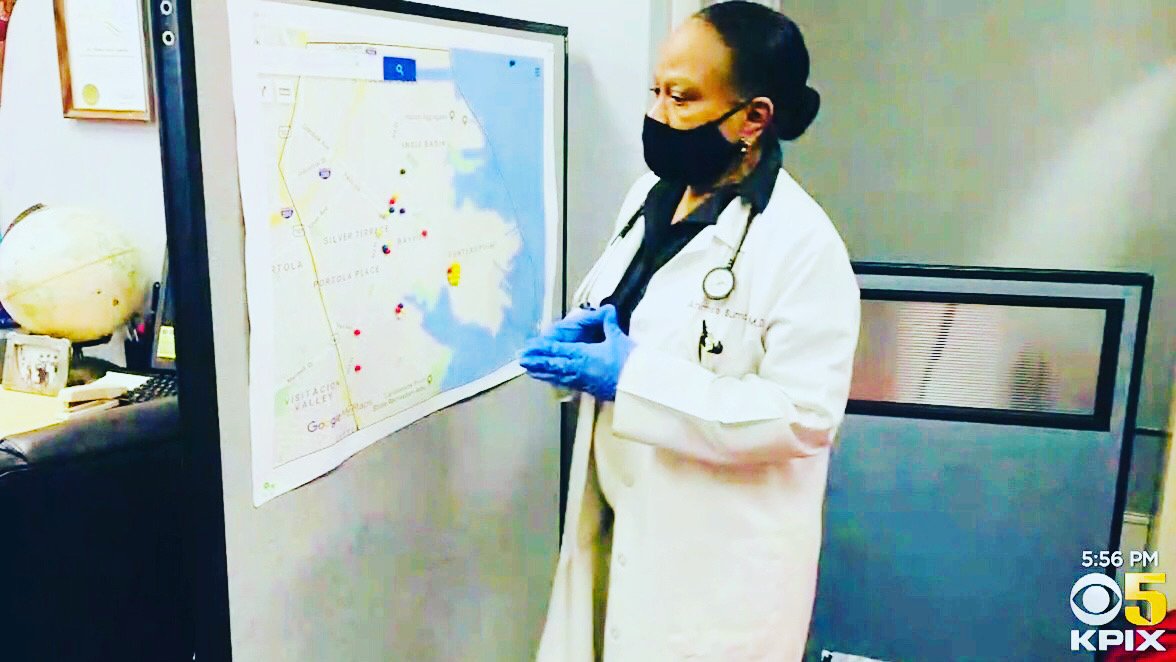
HUNTERS POINT COMMUNITY TOXIC REGISTRY
In 2009 a “rag tag” group of scientists who grew up in Bayview Hunters Point - located in heavily industrialized southeast San Francisco - pioneered a quest to implement the new science of human biomonitoring in one of the nations most vulnerable environmental justice impacted neighborhoods.
Approximately 23,000 people live or work in the one mile ring around the western perimeter of a system of Federal Superfund sites undergoing dirty development at the Hunters Point Naval Shipyard. The Shipyard was the site of the Post World War II US Naval Radiological Defense Laboratory. It’s radiation contaminated industrial landfill is located within 50 feet of a “naked” broken chain metal fence separating homes, churches, playgrounds and community centers from deep soil excavations and heavy equipment operations conducted by the Navy and Master Developer Lennar.
The neighborhood transit center at 3rd & Palou is half a mile downwind from Superfund toxic emissions.
By March 1, 2009 the Community First Coalition movement to establish a biomonitoring program in Hunters Point gained steam to include academic researchers, medical scientists, community leaders, clergy, UC Berkeley laboratory scientists and pioneering leaders of the California Biomonitoring Program.
On that day a proposal submitted to the National Institute of Environmental Health Sciences requested $2 million in community exposure research funds to implement a program cross referencing room air and outdoor air monitoring with biomonitoring for heavy metals toward the goal of establishing the Hunters Point Community Toxic Registry.
While the NIEHS proposal wasn’t funded, the coalition persisted bolstered by key leadership roles on the Hunters Point Shipyard Restoration Advisory Board.
On January 1, 2019 the Hunters Point Community Biomonitoring Program launched - first in the nation to offer residents and workers low cost, reliable, fast and accurate urinary toxic exposure screenings capable of detecting up to 35 chemicals of concern present in soil, air, laboratory drains, groundwater and surface water at the Hunters Point Naval Shipyard Federal Superfund System.
On October 15, 2019 the Hunters Point Community Biomonitoring Program was awarded a start up grant by the prestigious David & Lucile Packard Foundation. On December 12, 2019 the Hunters Point Community Biomonitoring Program Medical Screening Clinic held its Grand Opening attended by members of the UCSF School of Medicine incoming Class of 2023 and UCSF Medical Alumni Association President and HP Biomonitoring Founder Ramona Tascoe MD.
The Hunters Point Community Toxic Registry is a Federal Trademark and Copyright 2022 of the Hunters Point Biomonitoring Foundation, Inc.
The Hunters Point Biomonitoring Foundation was awarded a $250,000 grant for the project Community Window on Environmental Exposures with grant partners Marie Harrison Community Foundation, James Dahlgren Medical and the San Francisco Bayview Newspaper.

The growing impact of community exposures to landfills, toxic dumps, industrial waste sites and polluting industries drives the environmental public health initiative to establish toxic registries capable of enrolling vulnerable communities facing life threatening exposures to toxicants with generational impacts on health, safety and life expectancy.
Toxic registries have been instituted as structured legal settlements in Flint, Michigan, Camp Lejeune and first responders exposed to toxic dust and debris enrolled by the World Trade Center Health Program.
The VA Toxic Registry and Burn Pit Registry are the nation’s largest. HP Biomonitoring Founder & PI, Dr. Ahimsa Porter Sumchai, served as Attending Physician for the Palo Alto VA Toxic Registryin 1997, conducting health evaluations and urinary screenings for depleted uranium on Persian Gulf and Atomic Veteran survivors of 1946 weapons testing in the South Pacific.
Atomic Bomb registries in Japan offer valuable insights into the care of the worlds largest radiation exposed populations.
HP Biomonitoring has amassed scientific acclaim and prestigious awards in its meteoric rise to national recognition as a member of the Inaugural Cohort of the White House Justice40 Initiative.
By combining detections of chemicals of concern and data derived from environmental health evaluations - cross referenced with geospatial mappings at the home or work address, by early 2020 HP Biomonitoring researchers had defined cancer and chemicals clusters centered around the western perimeter of the base and the historic Palou to Crisp Road entry corridor to the Naval Radiological Defense Laboratories and western fence line… feet away from homes, playgrounds, senior centers, infant daycare centers, trailer camps, medical offices, churches and a nest of service providers.
Indeed…the one mile buffer zone around the Federal Superfund System at the Hunters Point Naval Shipyard incorporates the most dense distribution of sensitive receptors in this shoreline community!
Ready to take the next step?
This is a movement to heal a wounded community facing an avalanche of toxic environmental exposures and social injustice. A movement to hold environmental regulators and city agencies responsible for shielding polluters from their mandate to pay!
If you can contributing time to help us achieve our advocacy goals, money to help us grow, or energy to build political pressure on our government to enforce lasting change…then we need you on our team!
If you believe you are eligible to enroll in the Hunters Point Community Toxic Registry give us a call or send us an email via this website.



































